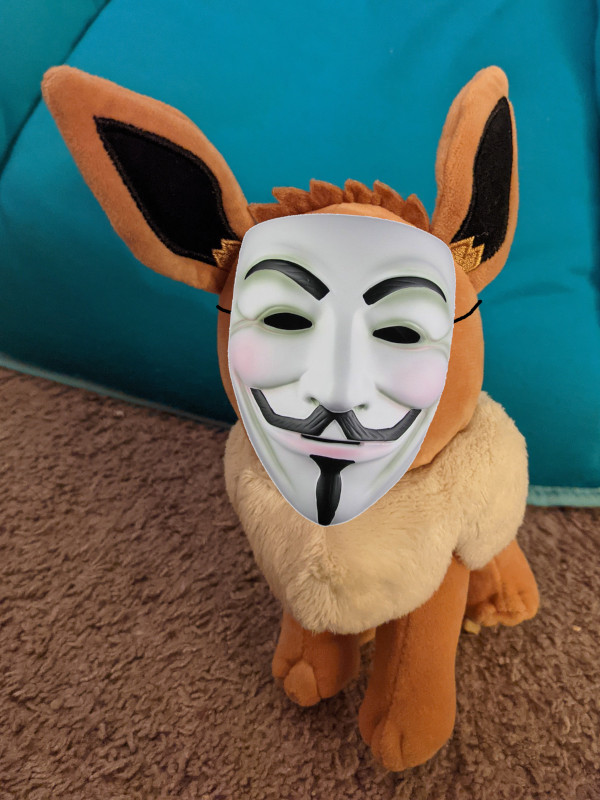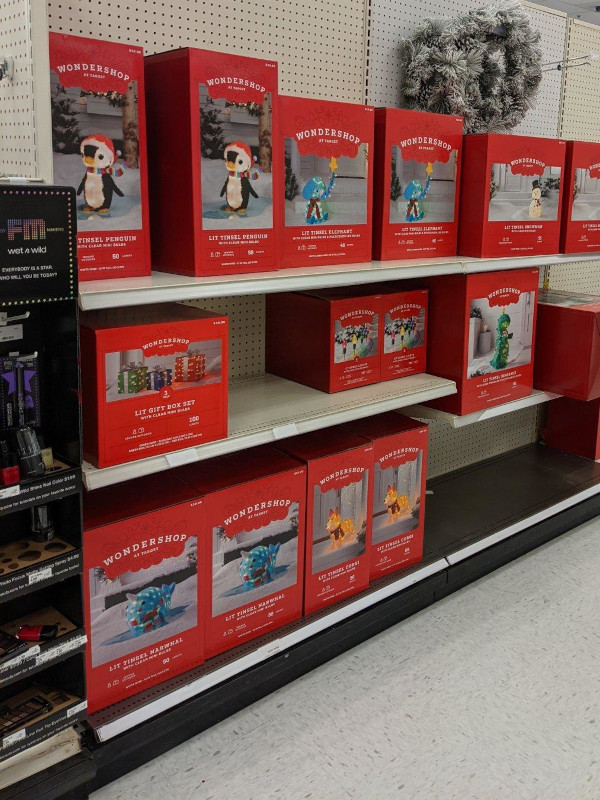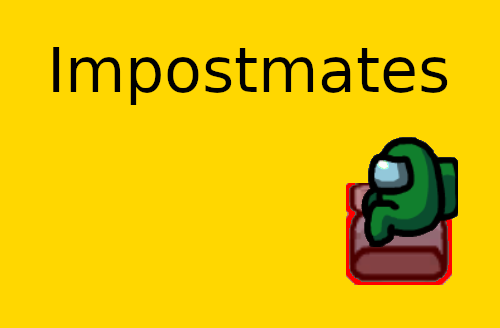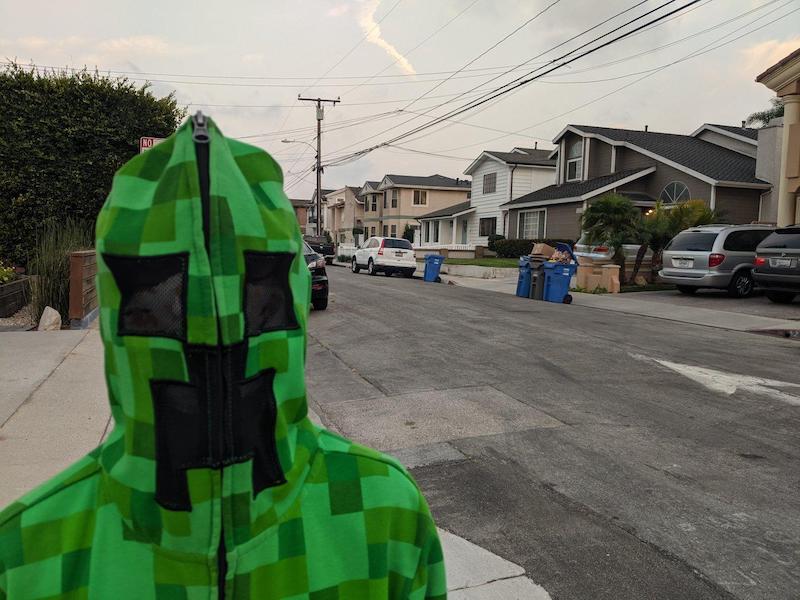
Yeah, I’m sure it’s been done before.

Yeah, I’m sure it’s been done before.
Halloween was weird this year.
OK, everything has been weird this year. I mean, I’ve been in the same place as my parents only once since…February? January? I forget. We stood out in their front yard one evening this summer, 10 feet apart, talking for about an hour. Hooray for living in a time when video calling is commonplace and not just science fiction.
Anyway, Halloween. All the usual events were canceled, and health departments recommended against, you know, walking around and interacting at close range with lots of people while Covid-19 is still spreading widely in the community. California state guidelines are actually saying you should avoid gatherings of people from more than three households. The local elementary school still let kids wear costumes on the video chat if they wanted, and they had some games they could play, but there was no costume parade like in most years, and of course no class party.
So, no community events, no school events, no parties (I’m sure there were some, but none close enough to hear), and no trick-or-treating. I mean, we’ve had years when most kids just bypassed the building because it’s not clear from the sidewalk where the apartments’ doors are. But there was no one. At all. Not even groups walking by. That was weird.
But decorations…That’s something you can do without physically getting close to lots of people. So a lot of people around here did put up Halloween displays, ranging from one or two fake tombstones to a full circus of evil clowns. One house kept adding more inflatable figures every time I walked by it. Katie wondered if they were adding one a day like an advent calendar.
We ended up not putting up any decorations ourselves and just had a kind of low-key evening at home. Though playing Among Us — a game where you either try to kill everyone or try to escape the killers — seemed a good fit.
Seems like the only reason certain groups aren’t complaining loudly about the “tyranny” of traffic signals and refusing to obey out of “fear” is that the consequences of running every red light you see hit you faster than the consequences of not taking precautions against covid.

So if your fellow crewmembers are crewmates, does that make your fellow impostors impostmates?

Impostmates. They can deliver anywhere.

Overheard: “Alexa, tell ____ I’m not talking to her!”